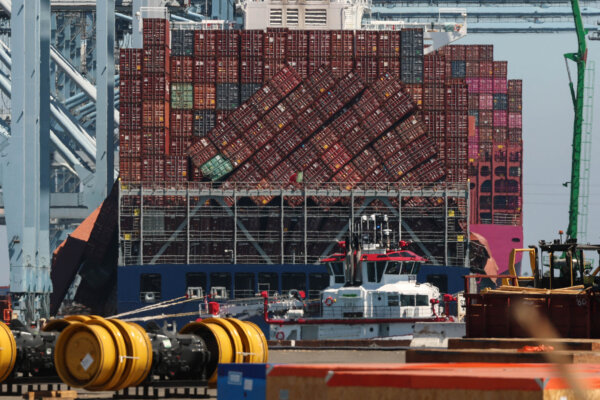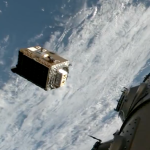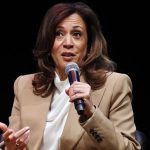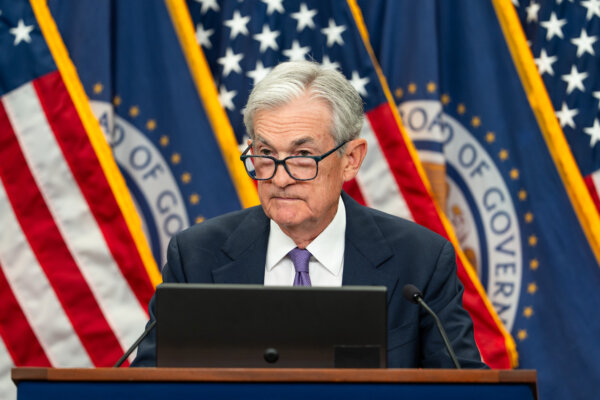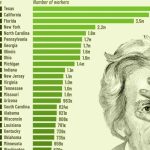The probe comes ahead of Trump’s high-stakes meeting with Chinese Communist Party (CCP) leader Xi Jinping on Oct. 30, where the two are expected to hash out a trade deal that includes Beijing rolling back the wide-ranging rare-earth restrictions announced earlier this month.
Phase One, which went into effect as Trump left office, is widely considered to have fallen by the wayside.
Under the agreement, China was meant to purchase at least $200 billion in U.S. agriculture, energy, manufactured products, and other services above a 2017 baseline, but it did not. According to U.S. data, China fell short of its commitment by 60 percent.
The deal involved commitments from Beijing to stop technology and intellectual property theft by reforming regulations that allowed the Chinese regime to order such transfers from U.S. companies operating in China.
USTR findings that Beijing’s regulations were “unreasonable or discriminatory and burden or restrict U.S. commerce” led to tariffs in 2018. The regime then retaliated with measures that initiated a trade war.
“Despite repeated U.S. engagement with China to address implementation concerns, China appears not to have lived up to its commitments under the Phase One Agreement with respect to non-tariff barriers, market access issues, and purchases of U.S. goods and services,” the USTR announcement states.
A formal finding that China violated the agreement could result in penalties, including tariffs or other trade restrictions.
Comment submissions will be open on Oct. 31 through Dec. 1, and a public hearing will be held on Dec. 16.
Trade Tensions Escalate
Beijing significantly ramped up trade tensions on Oct. 9 when it announced that entities would need its permission to trade goods containing more than 0.1 percent of rare earths mined or processed in China.
Because China accounts for about 90 percent of rare-earth processing, the move was expected to disrupt global trade.
Trump and officials have also previewed significant consequences for China if it follows through on the rare-earth restrictions—essentially cutting it off from the U.S. market—while also expressing confidence that Beijing will back down.
While Beijing has sought to paint U.S. trade actions as unprompted, Trump has repeatedly said that they were imposed for specific reasons.
China will face an additional 100 percent tariff beginning Nov. 1 if it follows through on the rare-earth restrictions, bringing the total to 155 percent.
As Trump heads into an Asia tour that will end with a meeting with Xi, he has previewed requirements for China if it wants to lower the 155 percent figure: cracking down on fentanyl precursors and drug trafficking, committing to purchase U.S. soybeans, curbing purchases of Russian energy, and settling the trade deficit with the United States.

